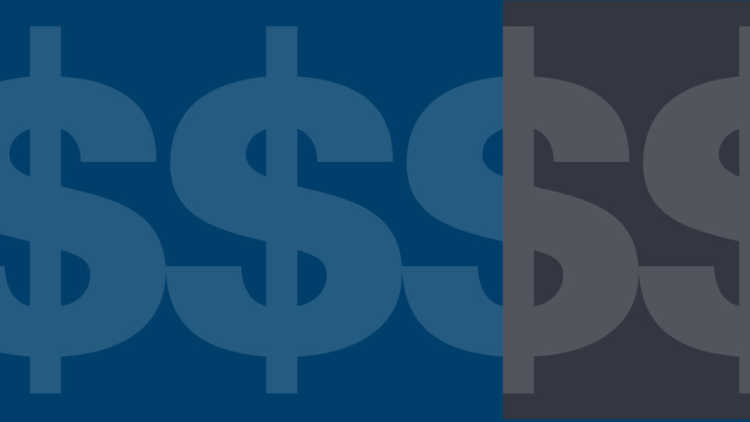Why farmers rely on cash flow projections

Agriculture is a numbers game. Farmers need to determine a fair land rental price or if their operating line of credit will get them through tight times. While uncertainty around factors such as the weather makes it nearly impossible to know exact revenue and expense numbers, it is possible to get accurate estimates using cash flow projections.
Cash flow projections, or cash flow budgets, are estimates of cash receipts and expenses expected to occur during a certain time period, says Kevin Hursh, a Saskatoon-based agrologist and commentator. Operators use their best guess to determine expected yield and prices to come up with income figures and use their expected costs to calculate expenses.
Projections highlight when cash flow could be tight.
Scott Thom doesn’t take chances. He creates in-depth projections that include all expected income and expenses for his feeder hog and cash crop operations near Denfield, Ont. He uses conservative yield and price estimates for both because he prefers to be pleasantly surprised by having more income than planned.
“Crop expenses are fairly straightforward,” Thom says. “I break them out the same way my accounting books do. I use crop insurance figures for minimum yield and price. Livestock is more difficult because accounting programs like to lump too many expenses together, and the hog price changes every day.”
He generally uses the Ontario Ministry of Agriculture, Food and Rural Affairs (OMAFRA) cost of production numbers for both income and expenses as a starting point. If there’s a big discrepancy between his numbers and OMAFRA’s, he’ll generally defer to theirs unless he can identify exactly why he should use his own.
“Once I have this worked out and have an idea about what I plan to grow and how many pigs I plan to produce, I can pretty easily determine how I’m going to make out,” Thom says. “Then, if more land or another barn comes up for rent, I can plug in the numbers and see if I would make more money or if I’m just making more work for myself.”
A big advantage to cash flow projections is they highlight when cash flow could be tight, Hursh says. Since you can spot these well in advance, you can create a marketing plan and have funds on hand when you need them, eliminating last-minute sales.
“You have to be realistic with your numbers,” Thom emphasizes. “Keep in mind that the yield isn’t really the yield until it’s harvested, and the price isn’t the price until it’s sold. It’s better to err on the conservative side. No one ever complains when they exceed projections.”
Benefits of cash flow planning and analysis
Know when cash flow will be tight so you can plan for the shortfall
Identify the best loan term and repayment schedule
Make marketing decisions that are not under cash shortfall constraints
Analyze impact if interest rates rise or commodity prices drop (sensitivity analysis)
Help you decide to lease or buy a major piece of equipment
Source: fcc.ca/Knowledge
We have a template to get you started
Download FCC’s Cash Flow Planning Guide to learn how managing cash flow:
Lets you take on new marketing opportunities and make informed purchases
Helps you focus on business expansion and track your progress towards future goals
Maximizes your relationship with your lender
Check out our Loan Essentials page for financial tools, templates and more.
From an AgriSuccess article by Lorne McClinton.

Cost of production is foundational and imperative to maximizing profits and minimizing potential losses.
